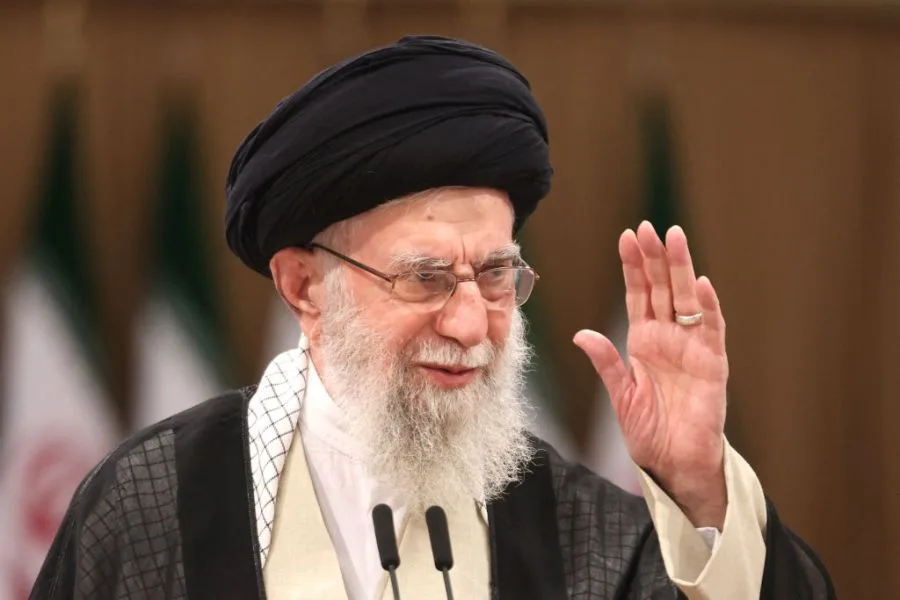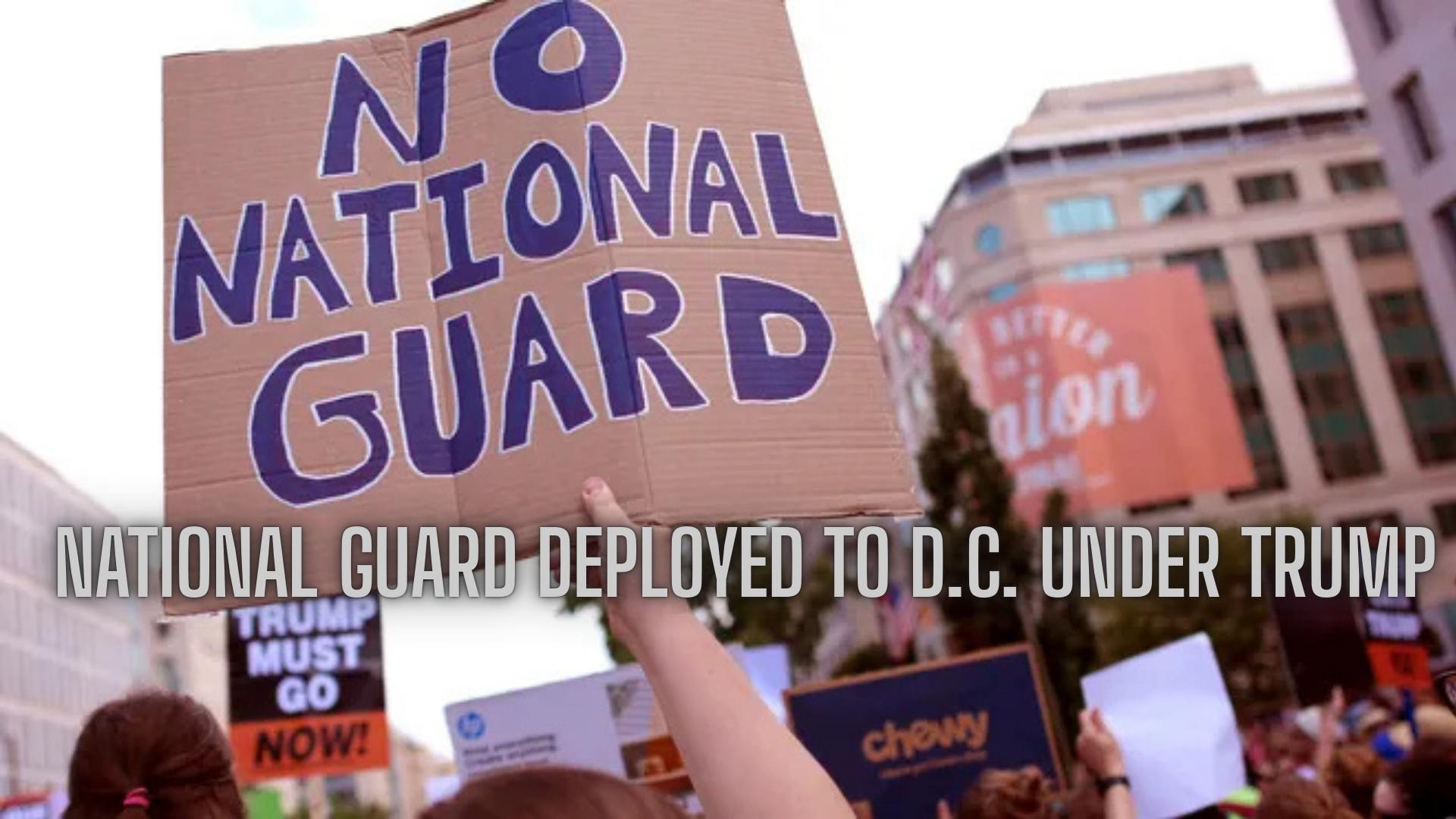As tensions between Iran and Israel continue to boil over, a new and potentially dangerous security threat has captured the attention of top U.S. officials: the risk of Iranian “sleeper cells” within American borders. According to multiple sources, including a report from NewsNation, the White House is actively monitoring the situation and evaluating the possibility that Iran could activate covert operatives in the United States if Washington becomes directly involved in the conflict.
Sleeper cells refer to individuals or groups, often affiliated with foreign governments or terrorist organizations, who live quietly in host nations—like the U.S.—until they receive orders to conduct acts of sabotage, violence, or espionage. Intelligence officials have long considered Iranian-backed operatives a credible threat, and with the current volatility in the Middle East, those concerns have moved back to the forefront.
A Warning From Within
The current administration, like the one before it, is taking the threat seriously. A recent Department of Homeland Security (DHS) threat assessment emphasizes that Iran remains the most persistent state sponsor of terrorism. The assessment warns that Iran is not only focused on U.S. forces and interests abroad but also appears intent on developing capabilities to strike individuals, including current and former American officials, on domestic soil.
Experts familiar with U.S. counterterrorism operations suggest that the likelihood of Iran activating sleeper cells increases if the U.S. joins Israeli military efforts. Barak Seener, a senior fellow at the Henry Jackson Society, told NewsNation that Iran, faced with significant pressure and potentially existential threats, may resort to “going out with a bang.”
“If the regime believes it is facing collapse, its calculus for survival will shift dramatically,” Seener said. “Intelligence services in the U.S. are working overtime to mitigate any domestic risks that could arise from an increasingly cornered and desperate Iranian leadership.”
Iran’s Covert Footprint in the U.S.
Concerns about Iran’s covert operations in the U.S. are not new. In fact, during the 2024 presidential election cycle, federal prosecutors charged an operative of Iran’s Islamic Revolutionary Guard Corps (IRGC) along with two U.S.-based collaborators. Their plot: to surveil and potentially assassinate former President Donald Trump. The plot was reportedly encouraged by senior IRGC officials, according to investigators.

In a national security memo from earlier this year, Trump warned that Iran was embedding operatives from groups like Hezbollah and Palestinian Islamic Jihad into the U.S., preparing them for activation should conflict escalate. These allegations, while controversial, are being taken seriously by federal agencies like the FBI and Department of Homeland Security, particularly as tensions in the Middle East threaten to draw in broader international involvement.
Decentralized Threats Pose New Challenges
Seener noted that one of the biggest concerns for U.S. intelligence is how sleeper cells may behave if Iran’s leadership structure is dismantled.
“If Israel succeeds in decapitating the command and control of the IRGC, then who is left to command the sleeper cells?” Seener asked. “Do they become rogue actors? Do they turn into decentralized, lone-wolf threats with no direct chain of command? Those questions make them exponentially harder to track.”
Such a shift from centralized to atomized threats would significantly complicate domestic counterterrorism efforts. Without a discernible command structure, it becomes more difficult for federal agencies to predict who might act—or when.
Historical Precedent and Present Danger
Retired Special Forces Lt. Col. Mike Nelson, who served with U.S. Central Command (CENTCOM), confirmed that Iranian proxy groups like Hezbollah have long maintained a presence in the Western Hemisphere. Some of these operatives are believed to have entered the U.S. through countries like Venezuela, where state oversight is minimal and corruption is rampant.
Nelson pointed to the 1994 bombing of the AMIA Jewish community center in Buenos Aires as a stark reminder of what Iranian-backed operatives are capable of. That attack, which killed 85 people, was allegedly orchestrated by Hezbollah with Iranian assistance.
“If the U.S. joins the fight against Iran directly, activating sleeper cells for retaliatory strikes becomes a real and serious possibility,” Nelson warned. “It’s exactly the type of asymmetric warfare strategy Iran would use if it feels boxed in.”
The White House Stance
A source close to the White House told NewsNation that President Biden is “closely monitoring the situation.” According to the source, the president is reluctant to escalate militarily unless it becomes absolutely necessary to protect American lives.
“POTUS does not want to go to war,” the source said. “He will only act if it’s the only way to keep Americans safe. Everything being done now is based on that singular goal—public safety.”
This sentiment aligns with recent public comments from administration officials who have emphasized de-escalation and diplomacy. However, behind closed doors, security services are reportedly bracing for the possibility of sleeper cell activation should the U.S. intervene militarily on behalf of Israel.
Domestic Security at a Crossroads
The intensifying conflict between Israel and Iran has created a high-stakes balancing act for the United States. On one hand, there’s immense pressure to support a key ally in Israel. On the other, there’s a clear and present danger that doing so could provoke domestic terror attacks from Iranian-backed operatives already embedded in the country.
This scenario underscores how foreign policy decisions have a direct and sometimes immediate impact on homeland security. The broader the military entanglement becomes, the more likely it is that American citizens could face the consequences—possibly within U.S. borders.
Federal agencies, including the FBI and DHS, are reportedly heightening surveillance of known suspects and increasing intelligence-sharing with international partners. But given the nature of sleeper cells—often trained to live quietly, avoid detection, and wait for the right moment to act—authorities admit it’s a race against an unseen enemy.
What Comes Next?
Whether or not the U.S. becomes directly involved in Israel’s military campaign against Iran remains to be seen. But even if Washington continues to stay out of the fighting for now, the threat posed by Iranian sleeper cells is not likely to vanish.
The Biden administration is walking a fine line between deterrence and escalation, while the intelligence community is scrambling to preempt any possible attack on American soil. For now, public officials are urging vigilance but not panic.
As one senior analyst noted, “The most dangerous enemies are the ones you can’t see—and right now, the U.S. is dealing with exactly that kind of threat.



